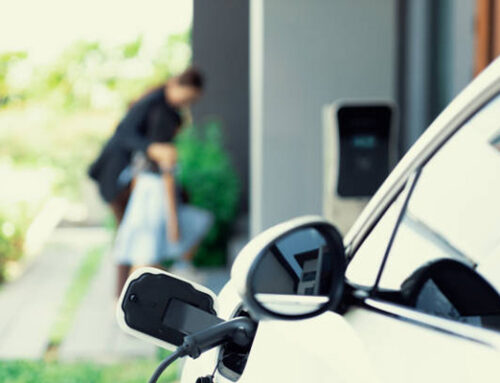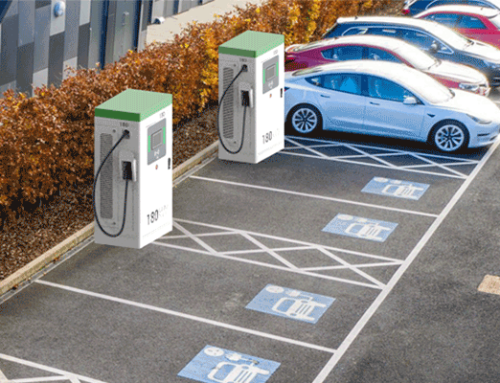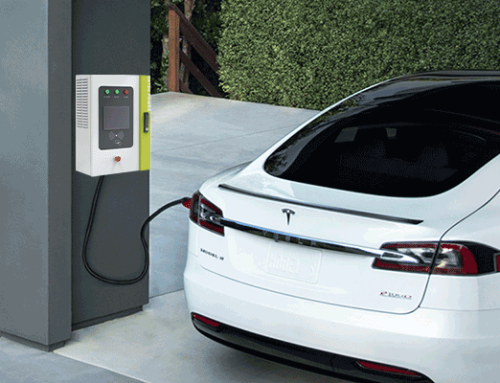With the rapid growth of electric vehicle sales, the number of electric vehicles on the road is reportedly outpacing the growth of . This is one of the conclusions drawn by BNEF after an in-depth study of the state of public charging infrastructure.
The data shows that at the end of 2021, each public charging pile needs to provide charging services for 9.2 electric vehicles worldwide, compared with 7.4 at the end of 2020. This shouldn’t come as a surprise, given that EV sales have surged to 6.6 million in 2021.
The situation varies from country to country. For example, China’s electric vehicle sales hit a record last year, and the number of its charging stations is also increasing. The ratio between EVs and charging stations in China has been relatively stable since 2018, due to the country’s aggressive push to build charging infrastructure, and thus more than half of the world’s public charging stations.

However, in markets such as the United States, the growth rate of charging piles lags behind that of electric vehicles, making it increasingly difficult for electric vehicles on the road to find idle charging piles. The problem is especially pronounced in Europe, where electric vehicle sales have surged since 2019. In Germany, for example, in 2019, there were 8 electric vehicles per charging point, and by 2021 this number has increased significantly to 20.
Compared with markets such as the US and Germany, China needs more public charging points, because Chinese consumers mostly live in multi-storey apartment buildings and it is more difficult to charge at home, so they are more dependent on public charging networks. By contrast, in non-urban areas of the United States, 80 to 90 percent of EV owners can charge in their home garage.
In terms of fast and ultra-fast chargers, China still leads the way, with each ultra-fast charger serving 16 electric vehicles, compared with more than 100 in the United States. The ratio of EVs to charging stations varies from country to country, depending on factors such as the type of housing in the area, the strength of the grid, charging speeds, and government policies. The good news is that there are more and more 350 kW charging piles on the market, which can add 100 kilometers of range to a vehicle in just a few minutes.














